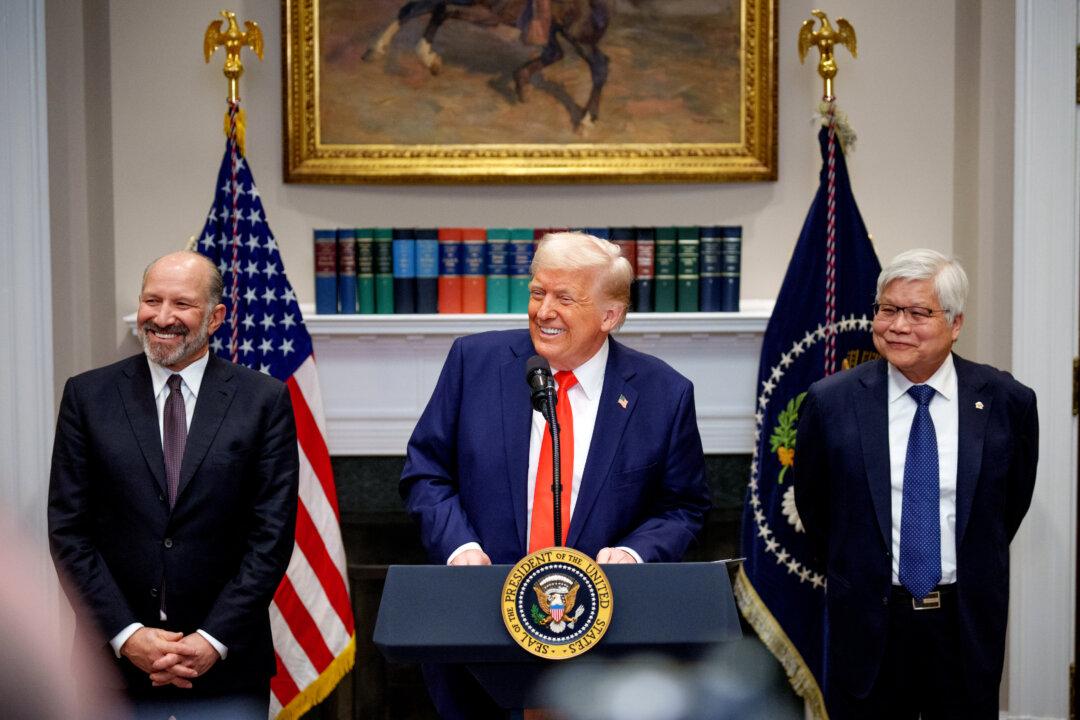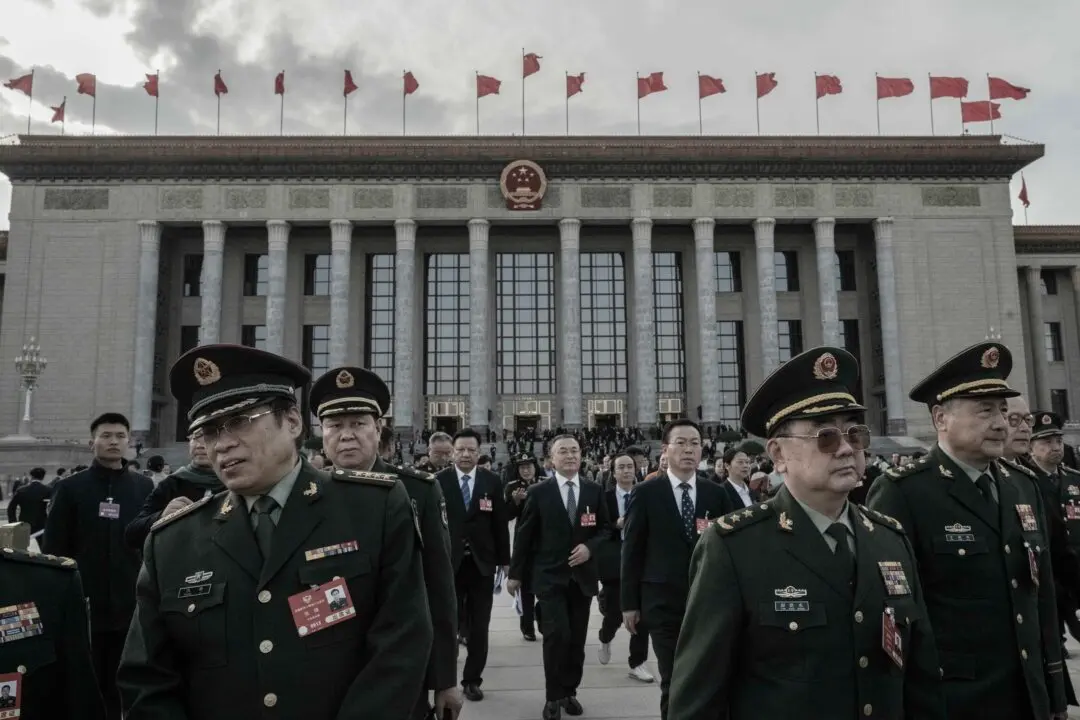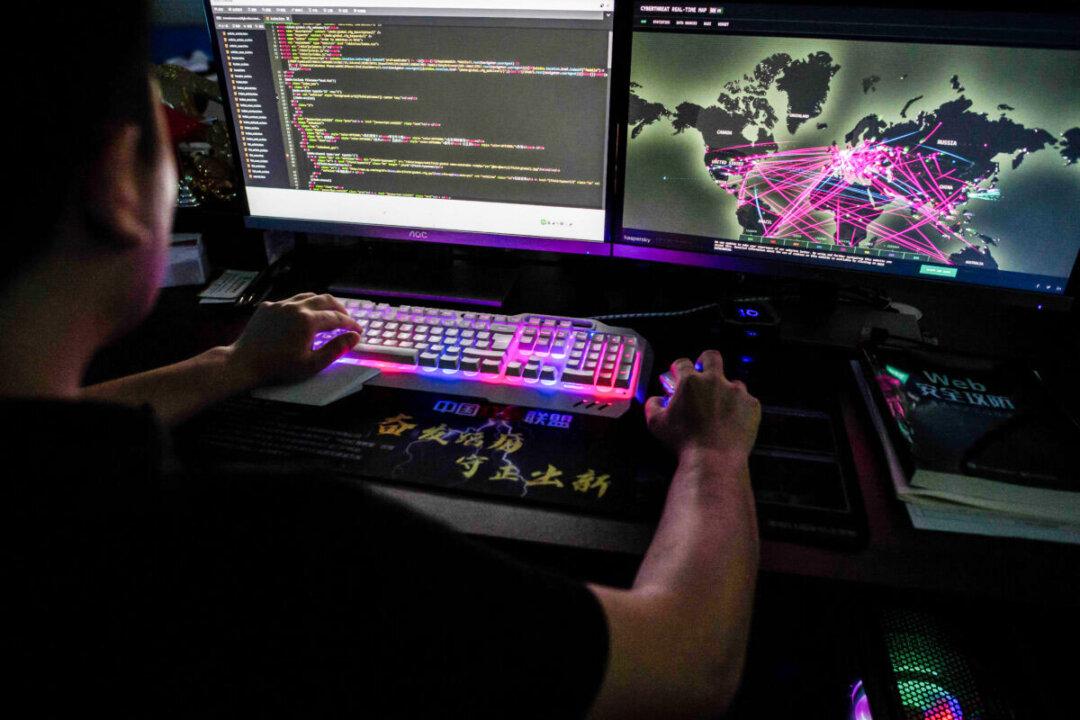Commentary
New Delhi has confronted the Burma government over Indian satellite images of Chinese workers constructing a listening post and extending an airstrip on the Coco Islands in the Bay of Bengal. Burma (also known as Myanmar) has denied Chinese involvement, but Indian officials are concerned that the facility will enable the People’s Liberation Army (PLA) to monitor Indian Navy communications and track missile tests. Burma’s military commander claims there are no PLA personnel on the island, yet he confirmed that Myanmar troops are stationed there. Irrespective of Burmese claims to the contrary, it has been widely suspected that Burma has allowed the PLA to use the islands as a listening post since the 1990s.





